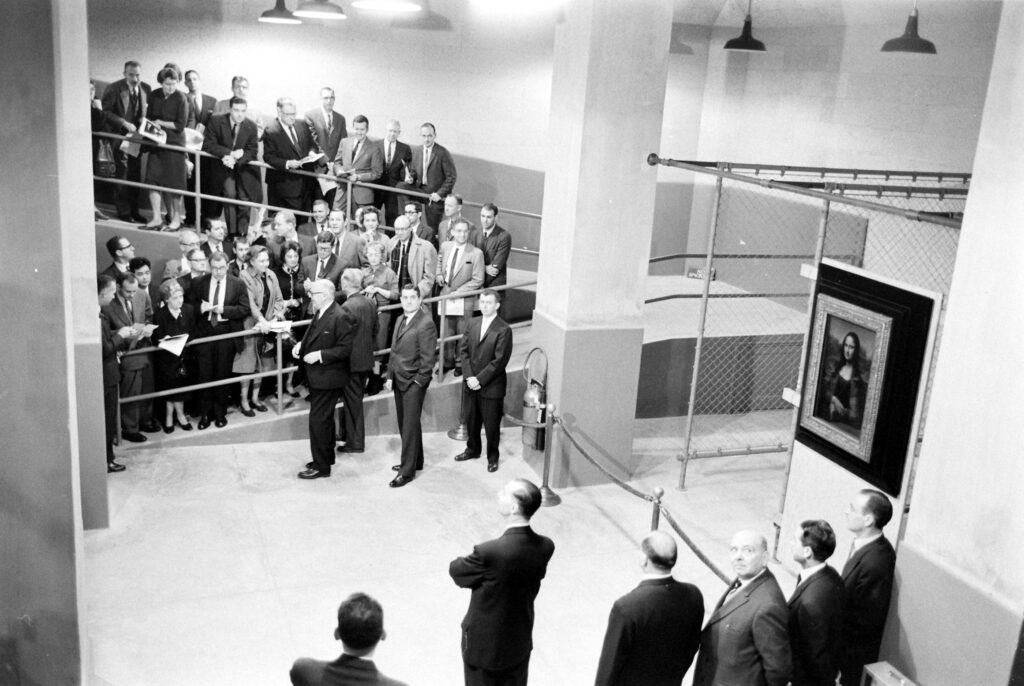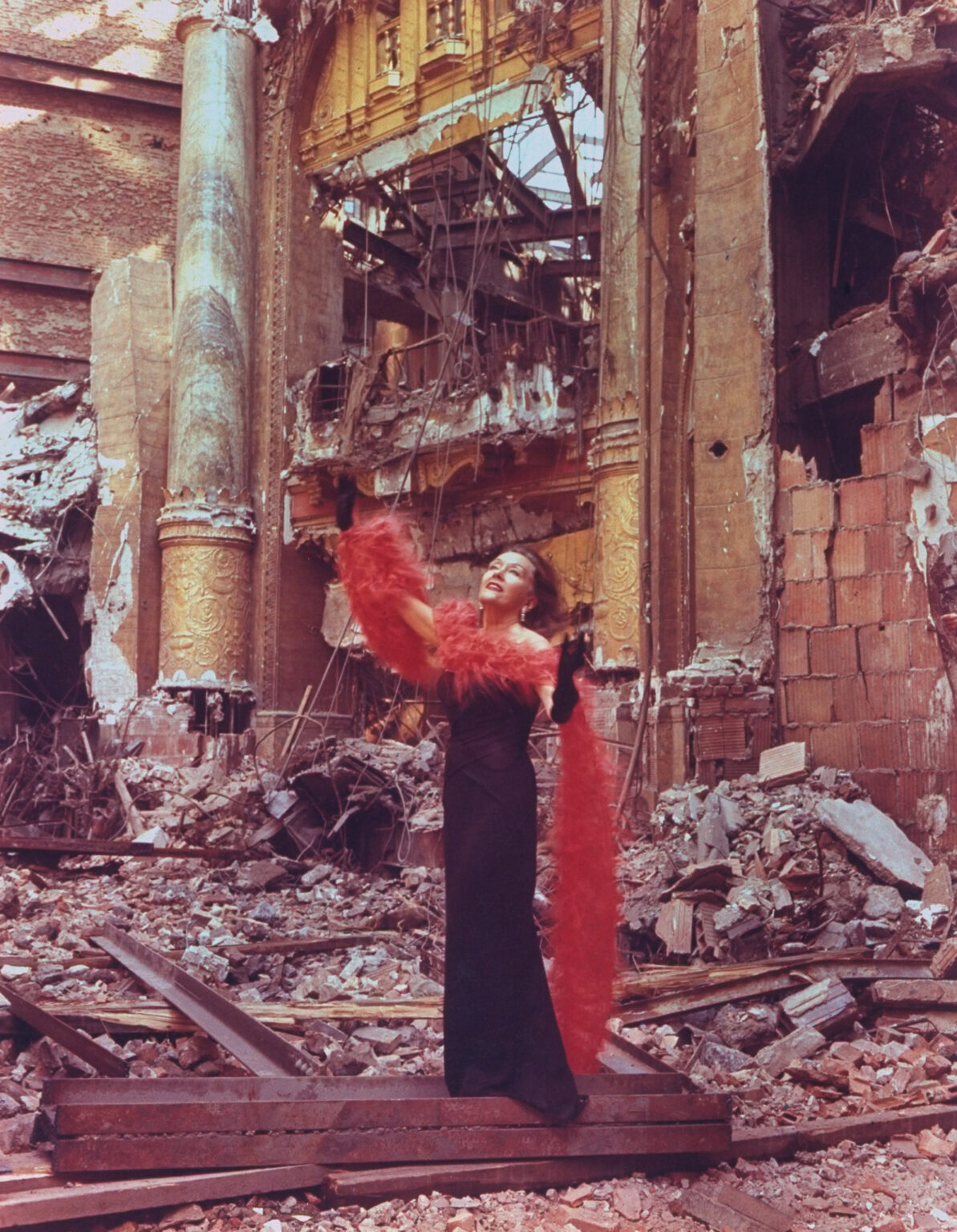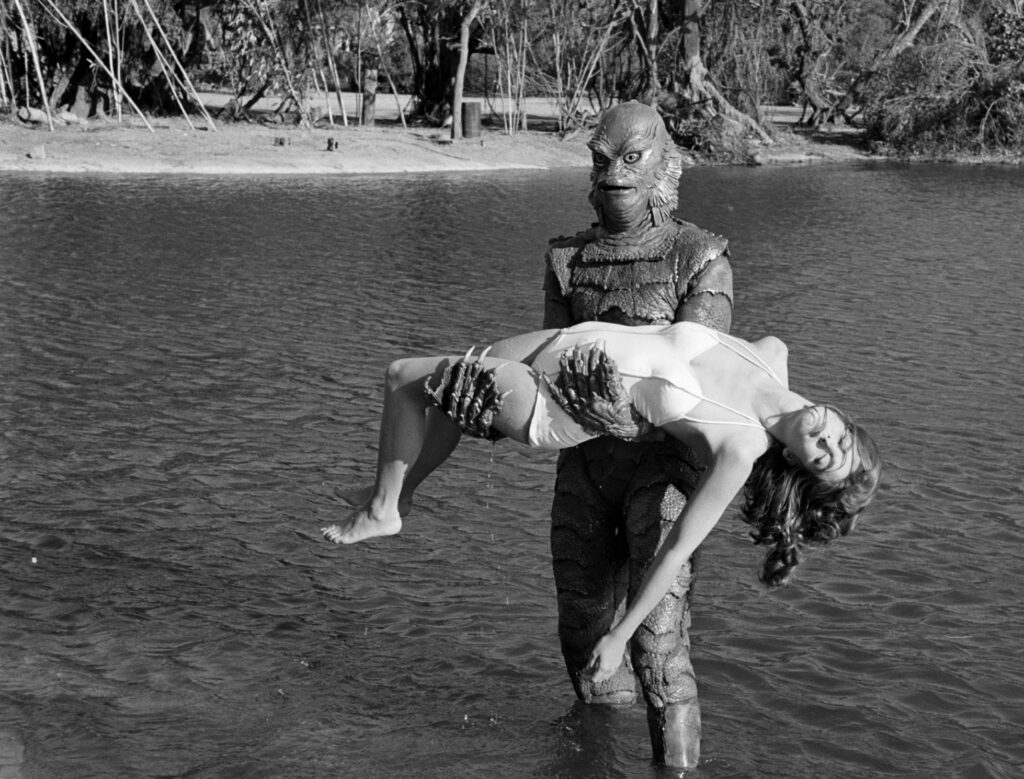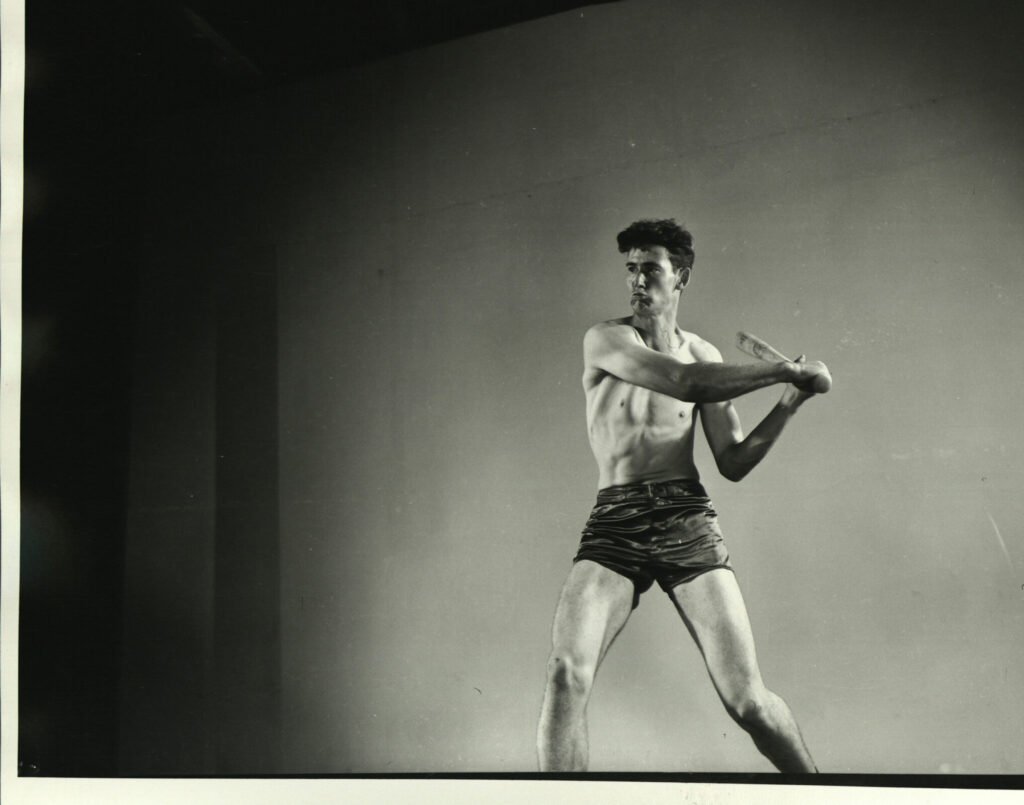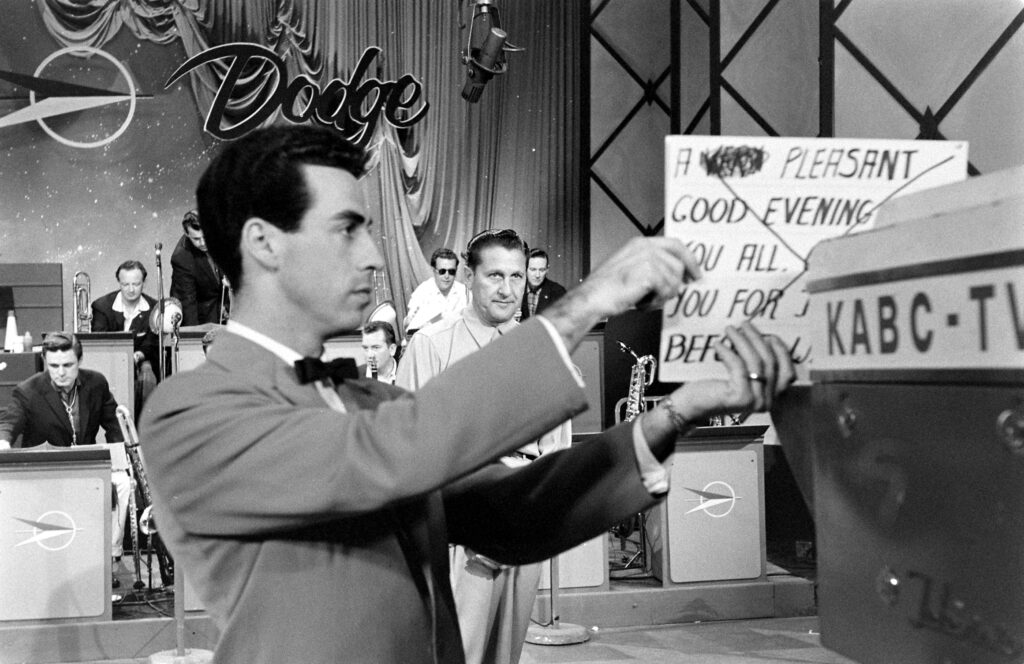For decades baseball teams have held their spring training camps in either Florida or Arizona, but it used to be that teams would venture to all sorts of warm-weather locales, from the Carolinas to Texas. Some even took their act abroad, as the Brooklyn Dodgers did in 1942, when they set up camp in Havana.
They were not the first team to prepare for the upcoming season in Cuba—the New York Giants did so first in 1937. So LIFE’s story in its March 23, 1942 issue, “They Practice and Play Hard at Spring Training in Havana” was less about the location and more of a convention preview of what their editors saw as an up-and-coming team.
But the photos of the Dodgers’ Cuban venture let you know right away that you are in the tropics. Many players and coaches go through the practice shirtless. At night players slept under mosquito nets.
The main characters in these photos are the Brooklyn manager, Leo Durocher, and two of the team’s stars, Pee Wee Reese and Pete Reiser. Durocher and Reese, both Hall of Famers, are familiar to most baseball fans. Reiser is more obscure today, and that is a tale of hard luck. Reiser won the NL batting title in 1941 but his career career was derailed by his all-out playing style, especially when he was chasing fly balls. In the ’42 season he fractured his skull after running into an outfield wall and was said to never be quite the same. In 1947 he was knocked out by another horrific wall collision. (It’s no surprise that Brooklyn was the first team to pad its outfield walls). In later years Durocher swore that Reiser had as much talent as Willie Mays.
After 1942, the Dodgers stayed out of Havana for several years, owing to World War II travel restrictions, but they would return one more time, in 1947, with rookie Jackie Robinson. Dodgers leadership thought that Cuba, with passionate fans who had been cheering on Black players for years, was the right place to ease Robinson into his history-making season.
And that was Brooklyn’s last dance in Cuba. The next year, 1948, the Dodgers established a regular spring training home in Vero Beach, Florida that become known as Dodgertown, and the team stayed there for decades, before relocating in 2009 to hot spot of the moment, Arizona.

The Brooklyn Dodgers infield (left to right) of 1B Dolph Camilli, 2B Billy Herman, SS Pee Wee Reese and 3B Arky Vaughan posed outside Tropical Stadium in Havana during spring training, 1942.
William Vandivert/The LIFE Picture Collection © Meredith Corporation

Dodgers manager Leo Durocher, spring training, Havana, 1942.
William Vandivert/The LIFE Picture Collection © Meredith Corporation

Brooklyn Dodgers’ first baseman Dolph Camilli, spring training, Havana, 1942.
William Vandivert/The LIFE Picture Collection © Meredith Corporation

Brooklyn Dodgers’ Joe Medwick took batting practice during spring training in Havana, 1942.
William Vandivert/The LIFE Picture Collection © Meredith Corporation

Brooklyn Dodgers’ general manager Larry MacPhail hailed catcher Mickey Owens as the winner of a 1.5 mile run during spring training in Havana, 1942.
.William Vandivert/The LIFE Picture Collection © Meredith Corporation

Brooklyn Dodgers Pete Reiser and Pee Wee Reese (foreground) practiced sliding for coach Charley Dressen during spring training in Havana, 1942.
William Vandivert/The LIFE Picture Collection © Meredith Corporation

Brooklyn Dodgers’ Charley Gelbert did a stretching exercise on a mat during spring training, Havana, 1942.
William Vandivert/The LIFE Picture Collection © Meredith Corporation

Brooklyn Dodgers pitcher Ed Albosta stretched during spring training in Havana, 1942.
William Vandivert/The LIFE Picture Collection © Meredith Corporation

Brooklyn Dodgers’ shortstop Pee Wee Reese playfully wrestled with much larger teammate Fred Fitzsimmons during spring training in Havana, 1942.
William Vandivert/The LIFE Picture Collection © Meredith Corporation

Brooklyn Dodgers players during spring training in Havana, Cuba, in 1942.
William Vandivert/The LIFE Picture Collection © Meredith Corporation

A Brooklyn Dodgers player signed a ball for a local child during their spring training in Havana, Cuba, 1942.
William Vandivert/The LIFE Picture Collection © Meredith Corporation

Brooklyn Dodgers in Havana, 1942.
William Vandivert/The LIFE Picture Collection © Meredith Corporation

The Brooklyn Dodgers during their spring training in Havana in 1942.
William Vandivert/The LIFE Picture Collection © Meredith Corporation

Pee Wee Reese and Pete Reiser enjoying a night out during spring training in Havana, 1942.
William Vandivert/The LIFE Picture Collection © Meredith Corporation

Pee Wee Reese and Pete Reiser carried their shoes as they walked to their Havana hotel room, 1942.
William Vandivert/The LIFE Picture Collection © Meredith Corporation

Pee Wee Reese and Pete Reiser slept under mosquito nets in Havana during spring training, 1942.
William Vandivert/The LIFE Picture Collection © Meredith Corporation

General manager Larry MacPhail (left) and manager Leo Durocher (center) watched their players during spring training in Havana, 1942.
William Vandivert/The LIFE Picture Collection © Meredith Corporation

Dodgers’ spring training in Havana, 1942.
William Vandivert/The LIFE Picture Collection © Meredith Corporation

Brooklyn Dodgers during spring training in Havana, Cuba, 1942.
William Vandivert/The LIFE Picture Collection © Meredith Corporation

Joe Medwick of the Brooklyn Dodgers in Havana, Spring Training, 1942.
William Vandivert/The LIFE Picture Collection © Meredith Corporation

Brooklyn Dodgers in Havana, spring training, 1942.
William Vandivert/The LIFE Picture Collection © Meredith Corporation

Dodgers pitcher Kirby Higbe, spring training, Havana, 1942.
William Vandivert/The LIFE Picture Collection © Meredith Corporation

Players sitting on the stairs during the spring training, Havana, Cuba, 1942.
William Vandivert/The LIFE Picture Collection © Meredith Corporation

Brooklyn Dodgers players relaxed by their playing field during spring training in Havana, 1942.
William Vandivert/The LIFE Picture Collection © Meredith Corporation

Brooklyn Dodgers during their spring training in Havana, Cuba in 1942.
William Vandivert/The LIFE Picture Collection © Meredith Corporation

Brooklyn Dodgers players posed during their spring training in Havana, Cuba, 1942
William Vandivert/The LIFE Picture Collection © Meredith Corporation

















































































































